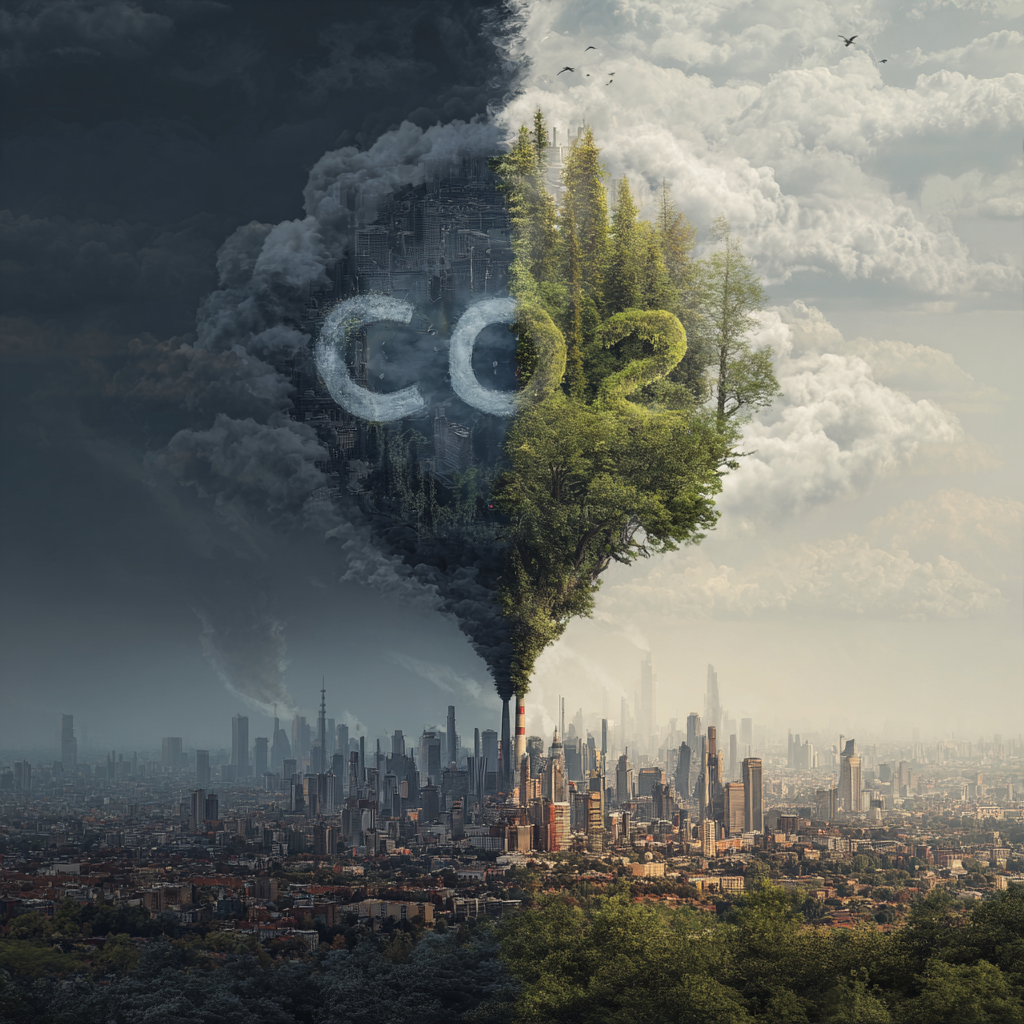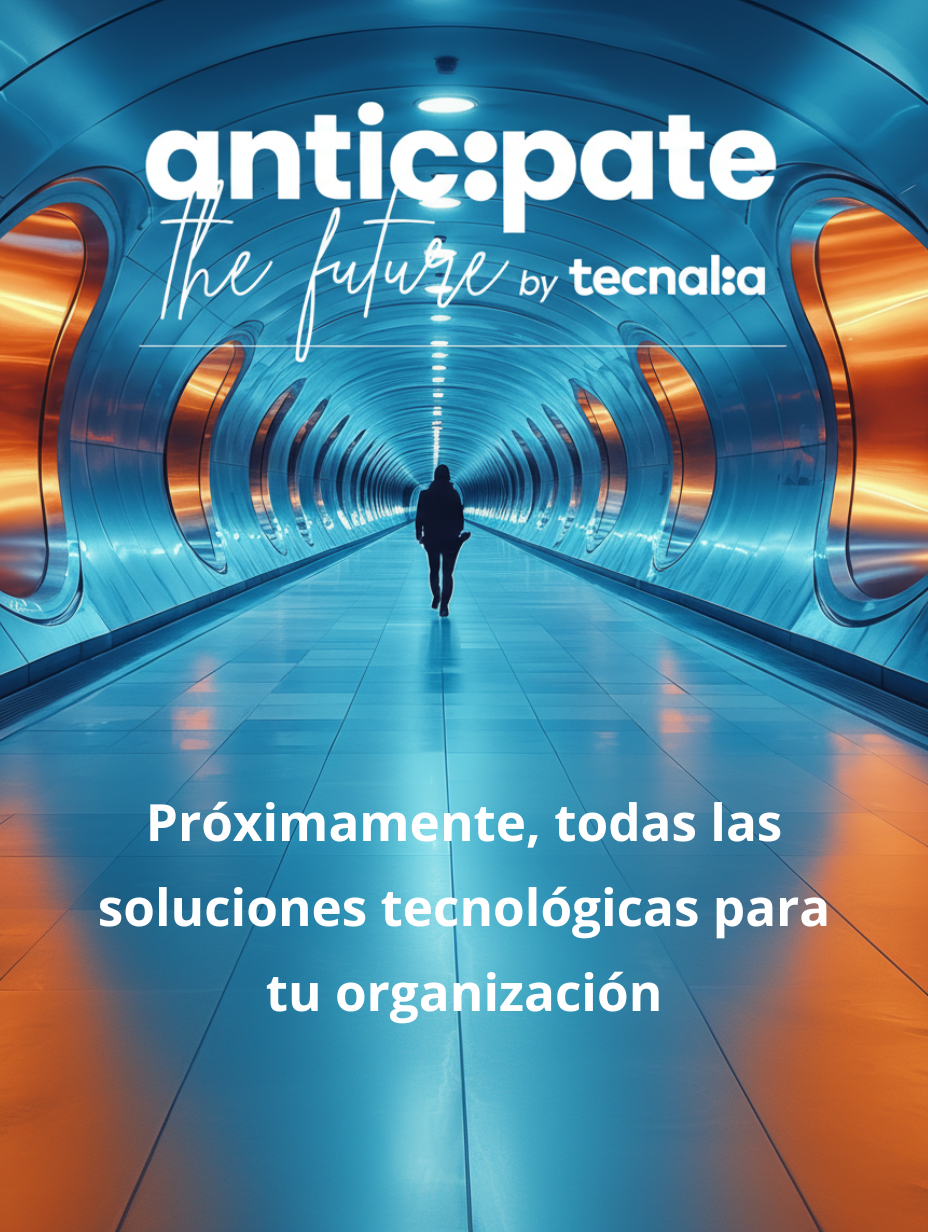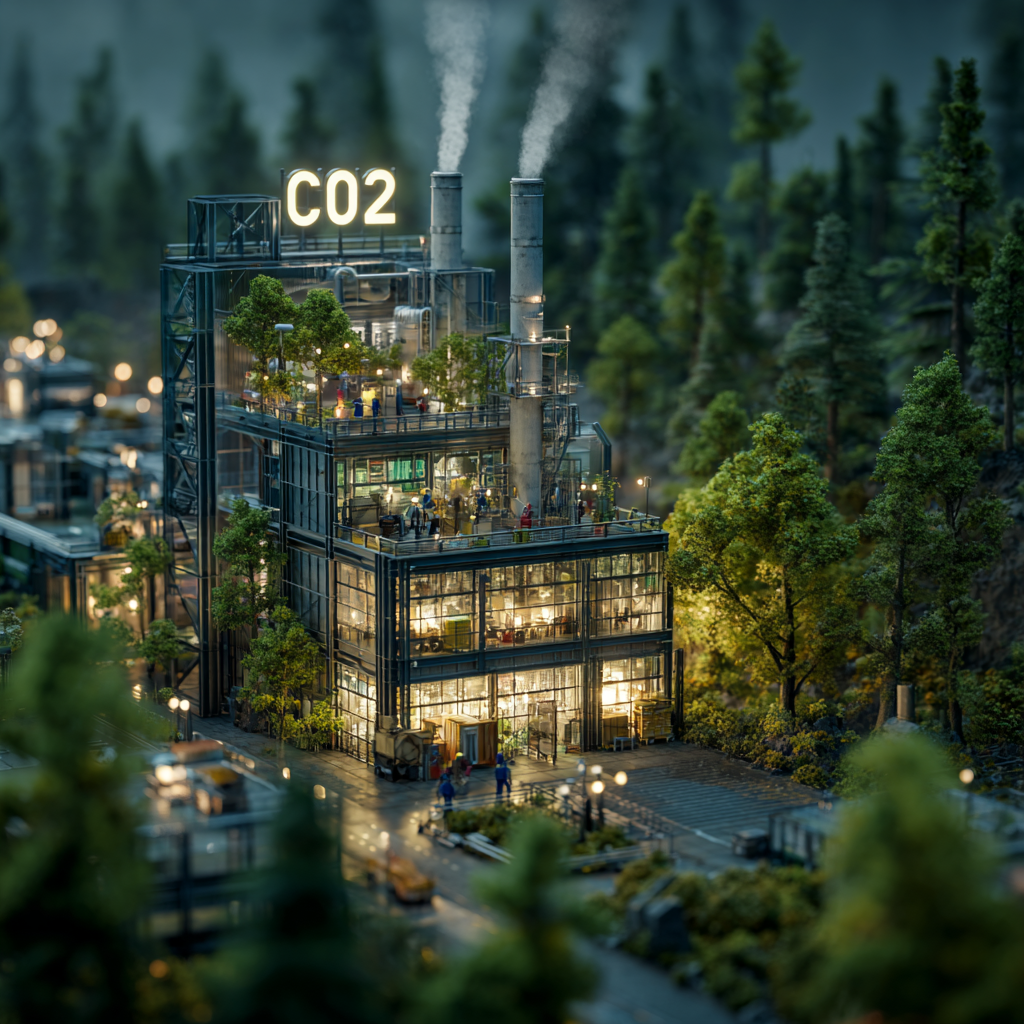The greatest innovation is the development of new materials and integrated processes for capturing and recovering CO₂, and transforming it into synthetic fuels, chemical compounds and sustainable materials.
This approach is based on advanced technologies such as the design and testing of functional materials for the selective capture of CO2 and intensification of the CO2 transformation process, by by means of heterogeneous catalysis, the development of innovative reactors and electrochemical conversion through electrolysis, thereby optimising the efficiency and industrial viability of the complete cycle.
This will enable companies to reduce their environmental footprint and create new business models based on recovering emissions, while strengthening industrial competitiveness and making progress towards global climate goals.
Anything that contributes to achieving climate goals will be positive for society as a whole.



